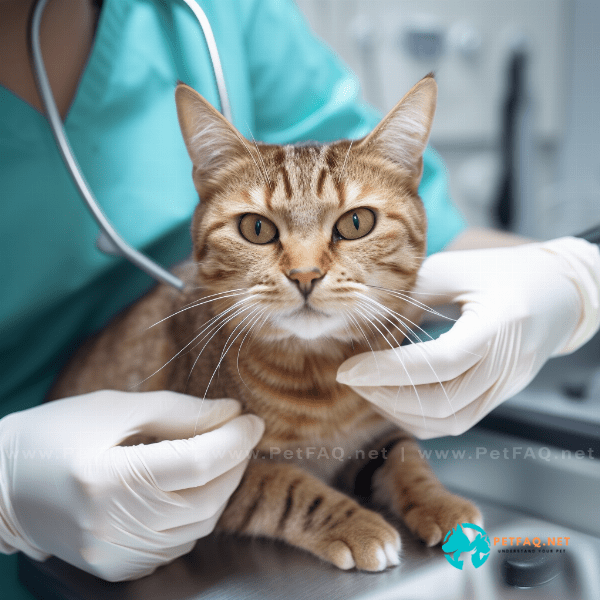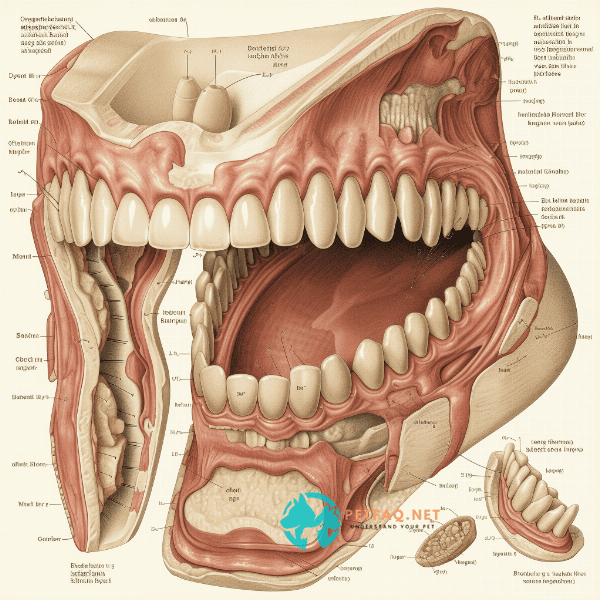Table of Contents
- The Curious Case of the Cat With Teeth: Introduction
- The Evolution of Feline Teeth: Understanding a Predator’s Anatomy
- Beyond the Fangs: Uncovering the Unique Teeth of the Cat With Teeth
- Cat With Teeth Sightings: Tales of Fierce Felines Around the World
- Debunking Myths: Separating Fact from Fiction About the Cat With Teeth
- The Role of Teeth in Cat Behavior: Exploring Aggression and Defense Mechanisms
- Conservation Concerns: Protecting the Cat With Teeth and Its Habitat
- The Future of Feline Research: Unveiling More Mysteries About the Cat With Teeth
- Living with a Cat With Teeth: Tips for Pet Owners and Wildlife Enthusiasts
- Conclusion: Reflecting on the Fascinating World of the Cat With Teeth.
The Curious Case of the Cat With Teeth: Introduction
When we think of cats, we often picture adorable, fluffy creatures with sharp claws and soft purrs. However, there exists a rare feline species that challenges this conventional image: the Cat with teeth. This elusive and mysterious creature has caught the attention of researchers and wildlife enthusiasts alike, sparking questions about its origin, behavior, and significance.
The Enigma of the Cat With Teeth
The cat with teeth, also known as the sabre-toothed cat or the Smilodon, was a prehistoric species that roamed the earth during the Pleistocene epoch. With its long, curved fangs that measured up to 18 centimeters, it was a formidable predator that hunted large mammals such as mammoths, bison, and horses. Despite its extinction about 10,000 years ago, the cat with teeth has left a lasting impression on the human imagination, inspiring countless myths and legends.
Rediscovering the Cat With Teeth
In recent years, sightings of a modern-day cat with teeth have surfaced in various parts of the world, reigniting interest in this enigmatic creature. While the scientific community is skeptical about the existence of a surviving species of the Smilodon, some cryptozoologists and amateur researchers claim to have encountered felines that resemble the cat with teeth. These alleged sightings have sparked debates about the possibility of the cat with teeth’s survival and adaptation to modern environments.
Unveiling the Mystery of the Cat With Teeth
Despite the uncertainties surrounding the cat with teeth, one thing is certain: its existence challenges our understanding of feline evolution and behavior. By examining the anatomy, behavior, and habitat of this rare creature, we may gain insights into the broader context of predator-prey relationships and biodiversity. In this post, we will delve deeper into the world of the cat with teeth, exploring its fascinating history, its role in the ecosystem, and the controversies that surround it. Whether you are a wildlife enthusiast, a cat lover, or simply curious about the wonders of nature, join us on this journey to unveil the mystery of the cat with teeth.
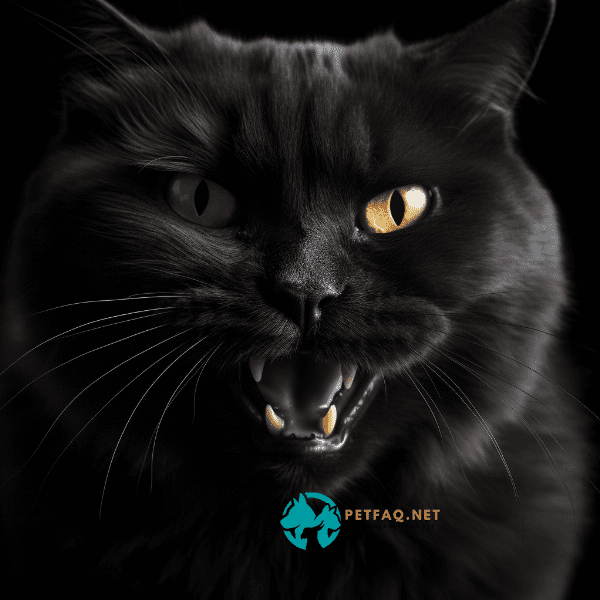
The Evolution of Feline Teeth: Understanding a Predator’s Anatomy
To understand the significance of the cat with teeth, we must first explore the evolution of feline teeth and how they have adapted to the hunting lifestyle. Felines are carnivores, and their teeth are specialized for biting, tearing, and crushing their prey. The dental formula of felines, which refers to the number and type of teeth, is unique and has evolved over millions of years.
The Dental Formula of Felines
The dental formula of felines is 3/3, 1/1, 3/2, 1/1, which means that they have three incisors, one canine, three premolars, and one molar in each quadrant of their jaws. The canines are the most prominent teeth and are used for puncturing and holding the prey, while the molars are used for shearing and grinding. The premolars are transitional teeth that can perform both functions.
The Adaptation of Feline Teeth
The evolution of feline teeth has been shaped by their predatory lifestyle. As they evolved to become more efficient hunters, their teeth underwent significant changes. One of the most notable adaptations is the development of the carnassial teeth, which are the fourth upper premolar and the first lower molar. These teeth are modified for shearing and slicing through flesh, making them essential for carnivorous animals.
The Role of the Cat With Teeth in Feline Evolution
The cat with teeth, with its long and curved fangs, represents a unique adaptation in feline evolution. While it is not a direct ancestor of modern-day felines, its existence provides clues about the evolutionary pressures that shaped the dental formula of felines. The long fangs of the cat with teeth may have been an adaptation for hunting large prey or for competing with other predators for resources. In addition, the cat with teeth may have had a different diet or hunting style than other feline species, which could have contributed to its unique dental morphology.
In conclusion, the evolution of feline teeth has been a gradual process shaped by the demands of a carnivorous lifestyle. The dental formula of felines, with its specialized teeth for biting, tearing, and crushing, is a testament to their predatory nature. The cat with teeth, with its long and curved fangs, represents a fascinating example of the adaptation of feline teeth and provides insights into the evolution of this remarkable group of animals.
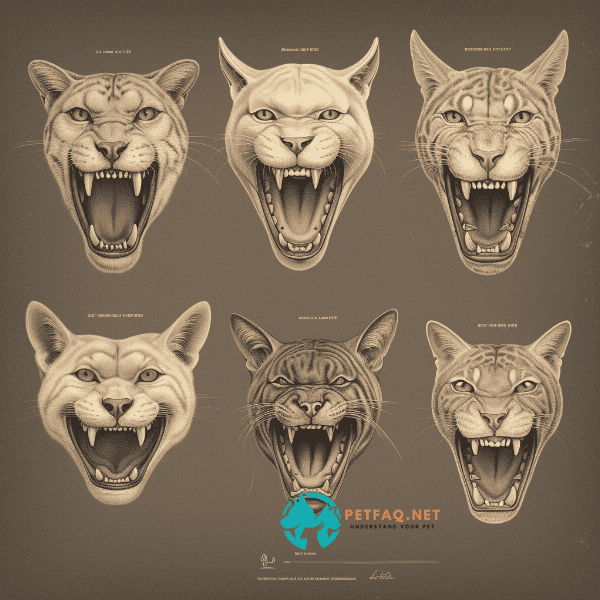
Beyond the Fangs: Uncovering the Unique Teeth of the Cat With Teeth
While the long and curved fangs of the cat with teeth are its most striking feature, there is more to its dental morphology than meets the eye. By examining the structure and function of its teeth, we can gain a better understanding of how this elusive predator hunted and fed.
The Anatomy of the Cat With Teeth’s Teeth
The fangs of the cat with teeth are elongated canines that extend beyond the jaw when the mouth is closed. These fangs are not hollow, as is commonly believed, but are filled with dentin and pulp, like other teeth. In addition to its fangs, the cat with teeth has a set of carnassial teeth that are specialized for shearing through flesh. These teeth are larger than those of most modern-day felines and are positioned further back in the jaw.
The Function of the Cat With Teeth’s Teeth
The long and curved fangs of the cat with teeth are thought to have played a critical role in its hunting strategy. Instead of killing its prey instantly, the cat with teeth may have used its fangs to deliver a deep bite that immobilized the prey, allowing it to be brought down more easily. The large and powerful carnassial teeth were then used to tear through the flesh and access the nutrient-rich organs, such as the heart and liver.
The Significance of the Cat With Teeth’s Teeth
The teeth of the cat with teeth are not only unique but also significant in terms of the predator-prey dynamics of the past. The ability of the cat with teeth to immobilize and kill large prey, such as mammoths and bison, suggests that it played a critical role in shaping the ecosystems of the Pleistocene epoch. In addition, the dental morphology of the cat with teeth may have influenced the evolution of its prey, as animals that could avoid or defend against its long fangs and powerful bite would have had a better chance of survival.
In conclusion, the teeth of the cat with teeth are not only a remarkable feature of this elusive predator but also a testament to the intricate relationship between predators and prey in the natural world. By examining the structure and function of the cat with teeth’s teeth, we can gain insights into the hunting strategies and ecological significance of this fascinating feline species.
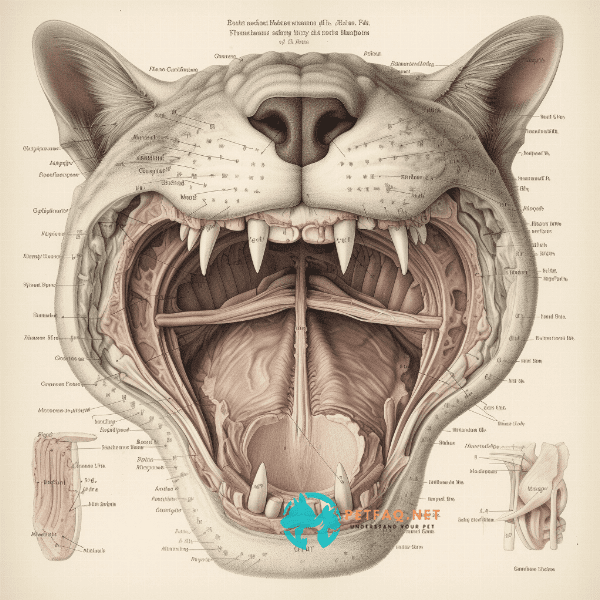
Cat With Teeth Sightings: Tales of Fierce Felines Around the World
While the cat with teeth is believed to have gone extinct about 10,000 years ago, sightings of similar felines have been reported in various parts of the world. These alleged sightings have sparked debates about the possibility of the cat with teeth’s survival and adaptation to modern environments.
Cryptid Sightings of the Cat With Teeth
Cryptozoologists, who study animals that are rumored to exist but have not been scientifically proven, have reported sightings of the cat with teeth in several locations around the world. In South America, there have been reports of a large cat-like creature with elongated fangs that is known as the onza or the chullachaqui. In North America, there have been reports of a similar creature known as the black panther or the eastern cougar, which is said to have long fangs and a muscular build.
Possible Explanations for the Sightings
While some cryptozoologists believe that the alleged sightings of the cat with teeth are evidence of a surviving population, others remain skeptical. One possible explanation for the sightings is misidentification, as large cats with elongated fangs could be mistaken for the cat with teeth. Another explanation is that the sightings are hoaxes or exaggerations, as the allure of a rare and fierce predator can be a powerful motivator for attention-seeking behavior.
The Significance of the Sightings
Regardless of the veracity of the alleged sightings of the cat with teeth, they highlight the enduring fascination with this enigmatic predator. The stories and legends surrounding the cat with teeth have persisted for thousands of years, and the possibility of its survival continues to captivate the imagination of people around the world. Even if the cat with teeth is extinct, its legacy lives on, inspiring curiosity and wonder about the mysteries of the natural world.
In conclusion, the alleged sightings of the cat with teeth around the world add to the mystique of this elusive and fascinating predator. While the evidence for the survival of the cat with teeth is inconclusive, the stories and legends surrounding it remind us of the enduring power of myth and the importance of understanding the ecological significance of past and present predators.
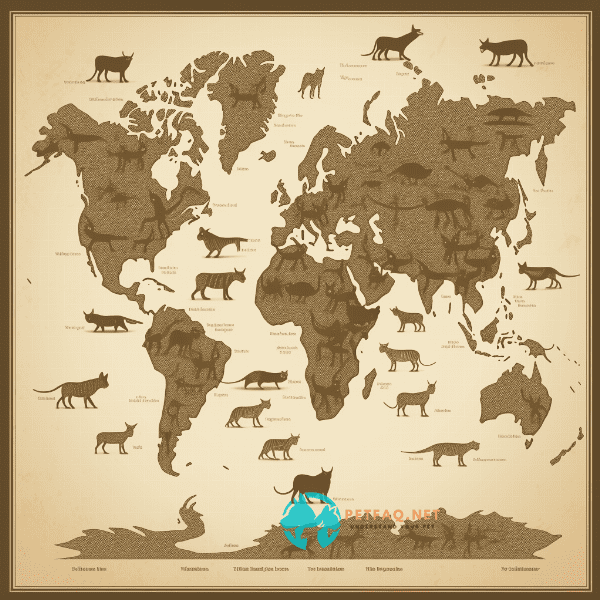
Debunking Myths: Separating Fact from Fiction About the Cat With Teeth
The cat with teeth has captured the imagination of people for thousands of years, inspiring myths and legends about its behavior and significance. However, not all of the stories about the cat with teeth are based on facts. In this section, we will explore some of the most common myths about the cat with teeth and separate fact from fiction.
Myth #1: The Cat With Teeth Was a Sabre-Toothed Tiger
One of the most persistent myths about the cat with teeth is that it was a sabre-toothed tiger, a prehistoric predator that lived during the same period. While the cat with teeth and the sabre-toothed tiger were both feline predators with elongated fangs, they were different species with distinct dental morphologies. The cat with teeth had longer and more curved fangs, while the sabre-toothed tiger had shorter and more flattened fangs.
Myth #2: The Cat With Teeth’s Fangs Were Hollow
Another common myth about the cat with teeth is that its fangs were hollow, like those of a venomous snake. This myth is not based on scientific evidence and is likely a result of artistic depictions of the cat with teeth. In reality, the fangs of the cat with teeth were filled with dentin and pulp, like other teeth.
Myth #3: The Cat With Teeth Was a Bloodthirsty Killer
While the cat with teeth was a fierce predator that hunted large mammals, it was not a bloodthirsty killer that preyed on humans. In fact, there is no evidence that the cat with teeth ever attacked humans, as it lived during a time when humans were not yet widespread. The stories of the cat with teeth as a man-eater are likely a result of exaggeration and sensationalism.
In conclusion, the myths surrounding the cat with teeth have contributed to its mystique and popularity, but they are not always based on facts. By separating fact from fiction, we can gain a more accurate understanding of this elusive predator and appreciate its true significance in the natural world.
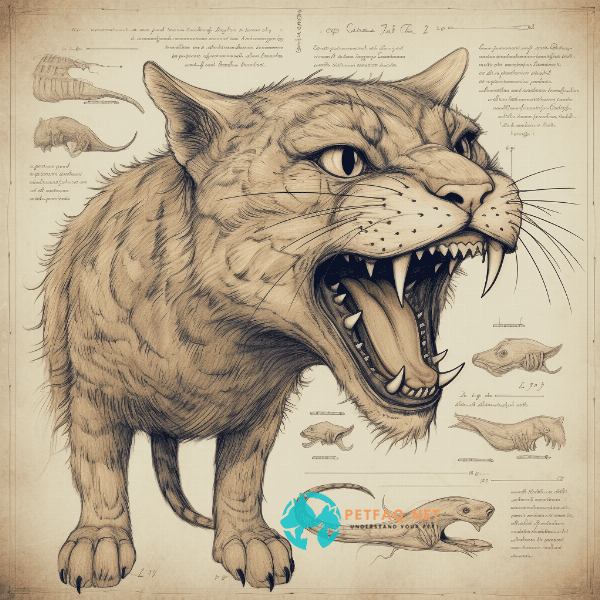
The Role of Teeth in Cat Behavior: Exploring Aggression and Defense Mechanisms
Teeth are an essential part of a cat’s anatomy and play a crucial role in its behavior. From hunting and feeding to aggression and defense, teeth are involved in many aspects of a cat’s life. In this section, we will explore the role of teeth in cat behavior and the mechanisms that underlie their functions.
The Use of Teeth in Hunting and Feeding
As carnivores, cats rely on their teeth to catch, kill, and consume their prey. The long and sharp canines of felines, including the cat with teeth, are used to puncture and hold the prey, while the carnassial teeth are used to slice through the flesh and access the nutrient-rich organs. In addition, the teeth of cats are involved in grooming, as they use them to remove fur, feathers, and debris from their coats.
The Use of Teeth in Aggression
Teeth are also a primary weapon in a cat’s aggressive behavior. When threatened or challenged, a cat may bare its teeth as a warning signal, indicating that it is ready to defend itself. In some cases, a cat may use its teeth to bite or scratch, inflicting injury on its opponent. Aggressive behavior in cats is complex and can be influenced by many factors, such as socialization, genetics, and environment.
The Use of Teeth in Defense
In addition to their use in aggression, teeth are also a crucial tool in a cat’s defensive behavior. When faced with a threat, a cat may hiss, arch its back, and show its teeth to deter the attacker. If the threat persists, the cat may use its teeth and claws to defend itself, inflicting injury on the predator or perceived threat. Defensive behavior in cats is a natural response to danger and is essential for their survival.
In conclusion, teeth are a critical component of a cat’s behavior, serving multiple functions in their hunting, feeding, aggression, and defense. By understanding the role of teeth in cat behavior, we can gain insights into the complexity of these remarkable animals and appreciate their adaptation to a carnivorous lifestyle.
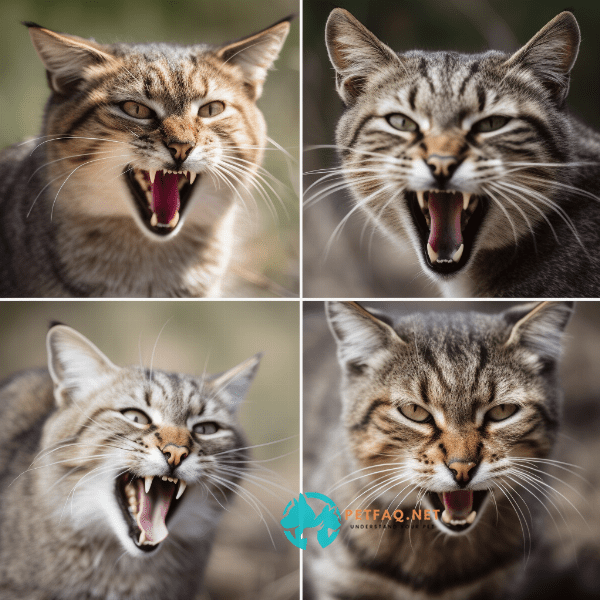
Conservation Concerns: Protecting the Cat With Teeth and Its Habitat
Although the cat with teeth is believed to have gone extinct about 10,000 years ago, its legacy lives on in the ecological and evolutionary history of felines. However, many feline species are currently facing threats to their survival, including habitat loss, poaching, and climate change. In this section, we will discuss the conservation concerns surrounding felines and the measures that can be taken to protect them and their habitats.
Habitat Loss and Fragmentation
One of the most significant threats to feline populations is habitat loss and fragmentation. As human populations expand and encroach on natural habitats, the habitats of feline species become smaller and more fragmented, making it difficult for them to find food, mates, and suitable habitats. This fragmentation can also lead to genetic isolation, reducing the genetic diversity and adaptability of the populations.
Poaching and Illegal Trade
Another threat to feline populations is poaching and illegal trade. Feline species are often hunted for their pelts, meat, and body parts, which are used in traditional medicines and cultural practices. This hunting and trade can lead to the decline of feline populations and even their extinction.
Climate Change
Climate change is also a significant threat to feline populations. Changes in temperature and precipitation patterns can alter the distribution and availability of prey species, making it difficult for felines to find food. In addition, climate change can also affect the timing of breeding and migration, disrupting the natural cycles of feline populations.
Measures for Conservation
To protect feline populations and their habitats, various measures can be taken. These include:
- Creating protected areas and corridors to preserve and connect habitats.
- Enforcing laws and regulations against poaching and illegal trade.
- Educating local communities about the importance of conservation and sustainable practices.
- Monitoring and researching feline populations to understand their ecology and behavior.
- Supporting sustainable tourism and eco-tourism practices that benefit local communities and feline populations.
In conclusion, the conservation of feline populations and their habitats is crucial for the preservation of their ecological and evolutionary significance. By taking measures to protect felines and their habitats, we can ensure their survival and contribute to the maintenance of the natural world’s diversity and complexity.
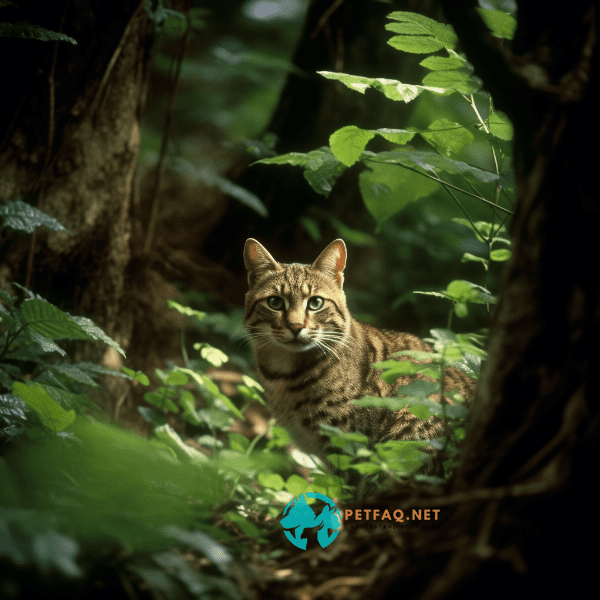
The Future of Feline Research: Unveiling More Mysteries About the Cat With Teeth
The study of feline species, including the cat with teeth, continues to be a fascinating and challenging field of research. As new technologies and methods become available, researchers are uncovering more mysteries and complexities about these remarkable animals. In this section, we will explore the future of feline research and the possibilities for unveiling more mysteries about the cat with teeth.
Advancements in Genetics and Paleontology
Advancements in genetics and paleontology are opening new doors for feline research. Genetic studies are revealing the evolutionary history and relationships between feline species, while paleontological studies are providing insights into the morphology and behavior of extinct felines, such as the cat with teeth. By combining these approaches, researchers can gain a more comprehensive understanding of feline evolution and ecology.
Behavioral and Ecological Studies
Behavioral and ecological studies are also essential for understanding the ecology and behavior of feline species. By observing felines in their natural habitats and analyzing their behavior, researchers can gain insights into their hunting strategies, social structures, and communication methods. These studies can also provide information on the ecological roles of felines and their interactions with other species in the ecosystem.
Conservation and Management Studies
Conservation and management studies are also crucial for the future of feline research. By understanding the threats and challenges facing feline populations, researchers can develop effective strategies for their conservation and management. These studies can also provide information on the socioeconomic and cultural factors that influence feline populations and their habitats.
In conclusion, the future of feline research is promising, with new technologies and methods providing opportunities for uncovering more mysteries about these remarkable animals. By continuing to explore their genetics, paleontology, behavior, ecology, and conservation, we can gain a more comprehensive understanding of feline species, including the cat with teeth. These studies can contribute to the preservation of feline populations and their habitats and the maintenance of the natural world’s diversity and complexity.
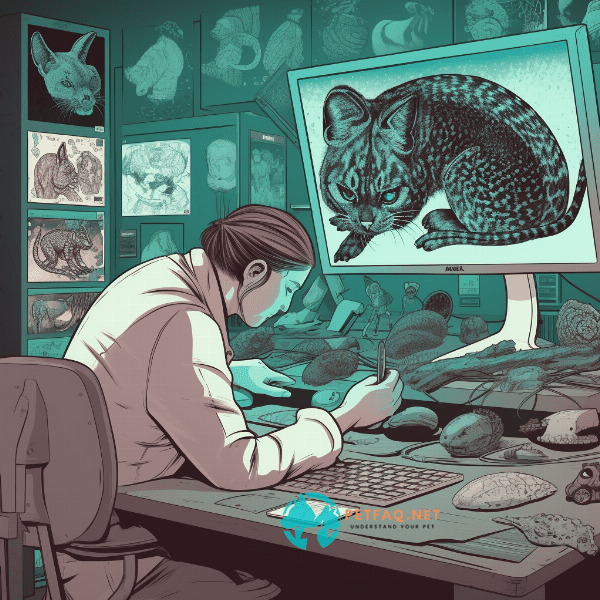
Living with a Cat With Teeth: Tips for Pet Owners and Wildlife Enthusiasts
While the cat with teeth may no longer roam the Earth, its modern-day feline relatives continue to capture our hearts and homes. As pet owners and wildlife enthusiasts, it’s essential to understand how to live harmoniously with felines and appreciate their unique behaviors and needs. In this section, we will provide tips for living with felines, including the cat with teeth.
Understanding Feline Behavior
The first step in living with a feline, including the cat with teeth, is understanding their behavior. Felines are solitary predators that have evolved to hunt, feed, and defend themselves. They are also sensitive to their environment and can be easily stressed by changes in routine or surroundings. Understanding their behavior and needs can help pet owners and wildlife enthusiasts provide the appropriate care and environment for felines.
Providing Adequate Care and Nutrition
Providing adequate care and nutrition is essential for the health and wellbeing of felines. Pet owners should provide their cats with a balanced diet that meets their nutritional needs and access to clean water. They should also provide regular veterinary care, including vaccinations, deworming, and dental check-ups.
Ensuring Safety for Wildlife and the Environment
As wildlife enthusiasts, it’s essential to ensure the safety of wildlife and the environment when living with felines. Domestic cats, including outdoor cats, can pose a threat to wildlife, including birds and small mammals. By keeping cats indoors or providing outdoor enclosures, pet owners can reduce the impact of felines on wildlife and the environment.
Creating Enriching Environments
Creating enriching environments for felines is also crucial for their health and wellbeing. Pet owners should provide their cats with stimulating toys and activities, such as scratching posts and climbing trees, to prevent boredom and reduce stress. They should also provide a safe and comfortable environment that meets their needs, such as a cozy bed, litter box, and hiding places.
In conclusion, living with felines, including the cat with teeth, requires understanding their behavior, providing adequate care and nutrition, ensuring safety for wildlife and the environment, and creating enriching environments. By following these tips, pet owners and wildlife enthusiasts can live harmoniously with felines and appreciate their unique contributions to the natural world.

Conclusion: Reflecting on the Fascinating World of the Cat With Teeth.
The cat with teeth may be a long-extinct species, but its legacy lives on in the remarkable adaptations and behaviors of modern-day felines. From their unique teeth and hunting strategies to their social structures and communication methods, felines continue to captivate and fascinate us. In this section, we will reflect on the fascinating world of the cat with teeth and the lessons we can learn from these remarkable animals.
Lessons in Adaptation and Evolution
Felines, including the cat with teeth, are a testament to the incredible adaptability and evolution of life on Earth. Their teeth, behavior, and ecology are the result of millions of years of natural selection and adaptation to a carnivorous lifestyle. By studying feline adaptations and evolution, we can gain insights into the complexity and diversity of life on Earth.
Lessons in Conservation and Sustainability
Feline populations and their habitats are currently facing significant threats, including habitat loss, poaching, and climate change. By understanding the conservation concerns surrounding felines and taking measures to protect them and their habitats, we can contribute to the preservation of the natural world’s diversity and complexity. These lessons in conservation and sustainability are essential for the future of feline species and the maintenance of the natural world’s balance.
Lessons in Appreciation and Wonder
Finally, the fascinating world of felines, including the cat with teeth, reminds us of the importance of appreciation and wonder for the natural world. By observing and learning from these remarkable animals, we can appreciate their unique behaviors and adaptations and marvel at the beauty and complexity of life on Earth.
In conclusion, the world of felines, including the cat with teeth, is a remarkable and fascinating subject of study and reflection. By exploring their adaptations, behavior, and ecology, we can gain insights into the complexity and diversity of life on Earth. By taking measures to protect and appreciate these remarkable animals, we can contribute to the preservation of the natural world’s diversity and balance.
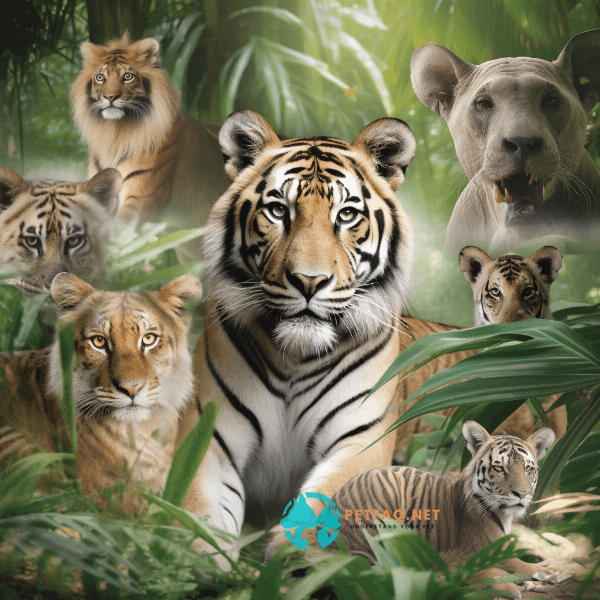
Frequently Asked Questions (FAQs) about cat with teeth:
1. Can a cat with missing teeth still eat normally?2. Can a cat's teeth cause problems when grooming themselves or others?
3. What happens if a cat's teeth are not cleaned regularly?
4. Can cats have dental problems that cause their teeth to become more prominent?
5. Can a cat lose its teeth?

